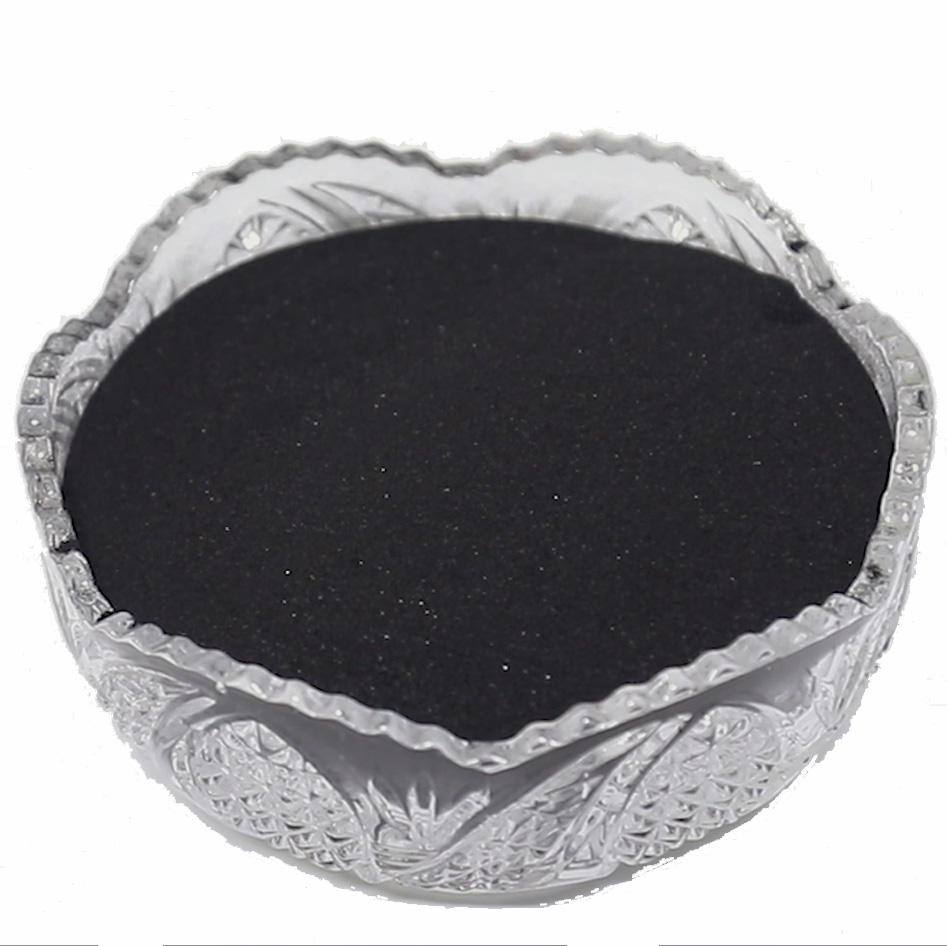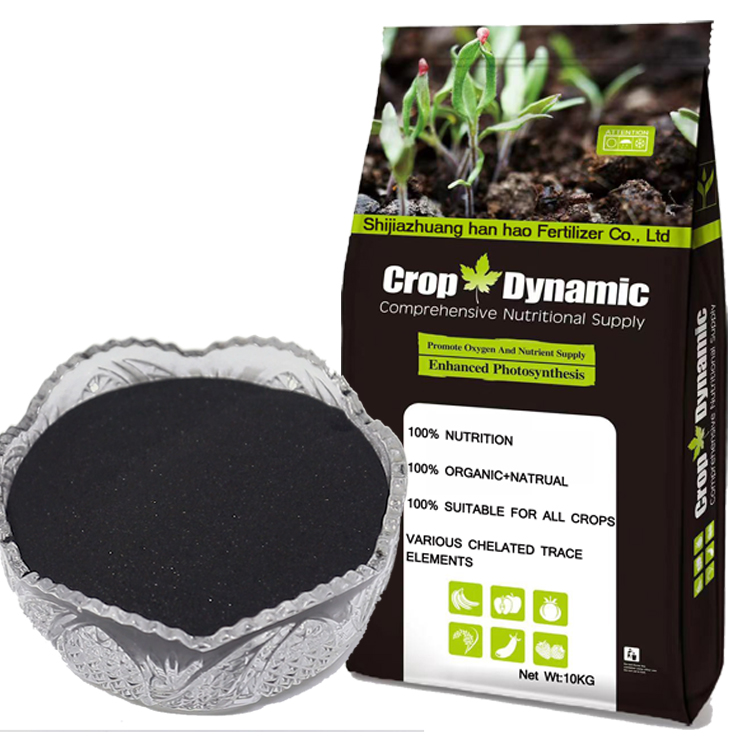
Nov . 07, 2025 11:25 Back to list
Amino Acid Fertilizer | Organic, Custom NPK for Yield
A Field Note on Amino Acid Fertilizer: Specs, Trends, and Real-World Use
The biostimulant wave isn’t a fad. It’s morphing mainstream agronomy—quietly, then all at once. In this space, Amino Acid Fertilizer paired with humic substances is having a moment, and for good reason: better nutrient chelation, gentler salts, and those small but meaningful yield nudges that keep growers coming back.

Industry Snapshot
Biostimulants tied to Amino Acid Fertilizer are trending in fertigation, protected cropping, and high-value orchards. Growers like the “less burn, more uptake” promise. Regulators are sharpening standards, labs are moving toward validated amino-N and heavy metal testing, and premium SKUs increasingly add humic acids as a carrier—hello, synergy.
From Raw to Ready: Process Flow (How It’s Typically Made)
- Materials: plant protein hydrolysate (soy/corn/rapeseed), fish protein (optional), soluble humic acid from leonardite, trace chelates (Zn/Fe/Mn/Ca) as needed.
- Method: controlled enzymatic hydrolysis → clarification → blending with humic acid → pH tuning → spray drying → anti-caking + sieving (≈80–120 mesh).
- Testing standards: amino acids by AOAC methods; heavy metals via ICP following EPA 3051A or EN 13650; humic substances per regional ag standards.
- Service life: shelf life ≈ 24 months sealed; soil activity window often 4–8 weeks (real-world use may vary with irrigation and temperature).
- Industries: greenhouse veg, orchard fruit, row crops, turf, nursery, hydroponics (low-foam grades).

Product Specs (Humic‑Enhanced Amino Acid Fertilizer Powder)
| Parameter | Typical Value | Notes |
|---|---|---|
| Total amino acids | ≈ 35–55% | AOAC-based quantification [2] |
| Free amino‑N | ≥ 8% | For quick foliar uptake |
| Humic acid | 15–30% | From leonardite; chelation support |
| Solubility | ≥ 98% | Drip and foliar friendly |
| Moisture | ≤ 5% | Anti-caking assisted |
| pH (1% sol.) | 4.5–6.5 | Crop-safe, tank‑mixable |
Note: The linked product, Humic Acid Raw Material Powder (origin: A‑713, Zhengyang city square, Chang’an district, Shijiazhuang, Hebei, China), is often used as the humic backbone in Amino Acid Fertilizer blends—think of it as the “carrier” that makes micros behave.

How Growers Use It (and What They Say)
- Foliar: 1–2 kg/ha per spray during vegetative or pre‑flower; many customers say leaves “green up” faster than with urea alone.
- Drip/fertigation: 3–8 kg/ha split weekly; actually, less salt stress on tomatoes surprised a few skeptics.
- Seedling/plug dips: 0.5–1 g/L for 5–10 minutes—gentle, but check compatibility first.
Vendor Landscape (Shortlist)
| Vendor | Origin | Core Ingredient | Certs (typical) | Customization |
|---|---|---|---|---|
| Hebei humic supplier | Shijiazhuang, China | Humic acid + amino powder | ISO 9001/14001 (varies) | Mesh size, AA%, chelates |
| EU blender | EU | AA hydrolysate, low-Na | REACH, OMRI where listed | Organic input versions |
| US specialty | USA | AA + seaweed blend | CDFA OIM (if applicable) | Turf-grade, low-foam |

Case Notes and Testing
A Hebei pepper grower split-applied Amino Acid Fertilizer (6 kg/ha total) over three fertigation events and reported earlier color break and 5–7% marketable uplift—anecdotal, yes, but consistent with what I hear across greenhouses. Labs should verify amino-N, chloride, and heavy metals. Reputable suppliers run ISO 17025-accredited tests; some align with China’s NY/T amino-acid fertilizer specs and FAO fertilizer guidance.
Customization Tips
- Go higher free AA for foliar; higher humic for soil conditioning.
- Add Zn/Fe chelates for calcareous soils; keep pH ~5.5 for tank harmony.
- Hydroponics? Ask for ultra-low insolubles and foam‑controlled grade.
Citations
- FAO: Guidelines on Fertilizer and Plant Nutrition—biostimulant and nutrient use efficiency frameworks. [1]
- AOAC Official Methods for amino acids and nitrogen in feeds/fertilizers; ICP protocols for metals. [2]
- NY/T 1975 (China) amino acid water‑soluble fertilizer spec; EN 13650/EPA 3051A for metals; ISO/IEC 17025 for lab competence. [3]
-
Sustainable Growth with Organic Phosphate Fertilizer | Benefits & Innovations
NewsNov.24,2025
-
Organic Phosphorus and Potassium Fertilizer: Sustainable Soil Nutrition & Global Impact
NewsNov.24,2025
-
Organic Phosphorus Fertilizer: Sustainable Nutrient Solutions for Modern Agriculture
NewsNov.23,2025
-
Sustainable Growth with Organic Phosphorus Plant Fertilizer | HH Fertilizer
NewsNov.23,2025
-
Organic Plant Meal Fertilizer for Sustainable Agriculture – Benefits & Innovations
NewsNov.22,2025
-
Organic Plant Root Fertilizer – Sustainable Solutions for Healthy Soils & Stronger Plants
NewsNov.22,2025
